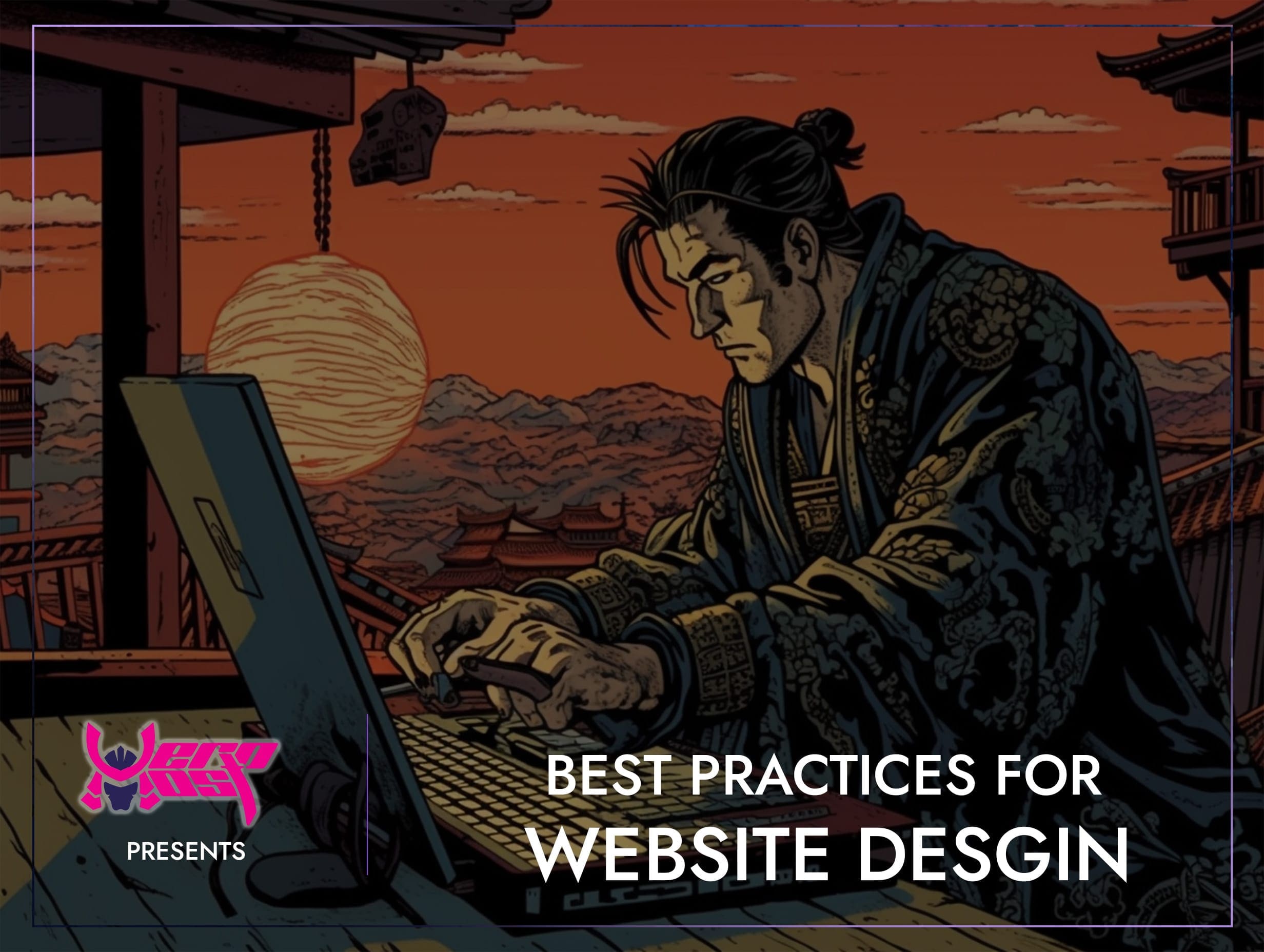Web Design Best Practices
- Home
- Web Design
- Web Design Best Practices

- Mikey Ryu
- January 12, 2024
- 0
Web Design Best Practices
Website Design Best Practices
In today’s digital age, a compelling online presence is crucial for businesses and individuals alike. Your website serves as the virtual storefront, making a lasting impression on visitors. To ensure your site not only captures attention but also delivers a seamless user experience, adhering to web design best practices is essential. Let’s explore some key principles to elevate your web design game.
Mobile-First Approach:
With the increasing use of smartphones, designing for mobile is no longer an option—it’s a necessity. Adopting a mobile-first approach ensures that your website is responsive, providing an optimal viewing experience across various devices. Prioritize mobile design and then scale up for larger screens to guarantee a consistent and user-friendly interface.
Intuitive Navigation:
Your website’s navigation should be intuitive and easy to understand. Visitors should be able to find what they’re looking for without unnecessary clicks or confusion. Implement a clear and concise menu structure, use descriptive labels, and consider incorporating breadcrumbs to guide users through the site seamlessly. Intuitive navigation enhances user satisfaction and encourages them to explore more.
Clean and Simple Design:
Simplicity is the key to effective web design. A cluttered and complex layout can overwhelm visitors, leading to a high bounce rate. Opt for a clean design with ample white space, clear typography, and a limited colour palette. This not only improves readability but also creates a visually appealing and professional look.
Fast Loading Speed:
In today’s fast-paced world, users expect websites to load quickly. Slow loading times can lead to frustration and abandonment. Optimize images, leverage browser caching, and minimize unnecessary code to ensure your website loads swiftly. Tools like Google PageSpeed Insights can help you identify and address performance bottlenecks.
Consistent Branding:
Maintain consistency in branding elements across your website. This includes using the same logo, colour scheme, and typography throughout. Consistent branding not only reinforces your brand identity but also enhances user trust and recognition. Ensure that your website aligns seamlessly with your overall brand image.
User-Centric Content:
Content is king, and it should be tailored to meet the needs of your target audience. Develop clear and engaging content that provides value to users. Use headings, subheadings, and bullet points to break up text and make it easily scannable. Quality content not only improves user engagement but also contributes to better search engine rankings.
Accessible Design:
Web accessibility is a critical consideration for reaching a diverse audience, including people with disabilities. Ensure that your website is accessible to individuals with various impairments by following accessibility standards (such as WCAG). This includes providing alternative text for images, creating navigable structures for screen readers, and designing with colour contrasts in mind.
Cross-Browser Compatibility:
Your website should perform consistently across different browsers and devices. Test your site on various browsers to ensure that it renders correctly and functions smoothly. Cross-browser compatibility guarantees that your audience, regardless of their preferred browser, has a positive experience on your site.
In conclusion, adopting these web design best practices can significantly enhance the effectiveness of your website. By prioritising mobile responsiveness, intuitive navigation, clean design, fast loading speed, consistent branding, user-centric content, accessible design, and cross-browser compatibility, you’ll create a web presence that not only captures attention but also keeps visitors engaged and satisfied. Remember, a well-designed website is not just a digital space—it’s a powerful tool that can elevate your online presence and contribute to the success of your brand or business.
Search
Categorys
- Branding (12)
- Business Growth Guides (3)
- Business Insights (3)
- Content Marketing (43)
- Domain Authority (19)
- Email Marketing (28)
- Google Analytics & Search Console (5)
- Hack or Not (2)
- Hero Host News (0)
- Inbound Marketing (32)
- Lessons From Asia (40)
- Marketing Guides (11)
- Martial Arts Journey (14)
- Outbound Marketing (8)
- Search Engine Optimisation (SEO) (41)
- Social Media Marketing (38)
- Web Design (20)
- Website Hosting (4)
- Wordpress (2)






